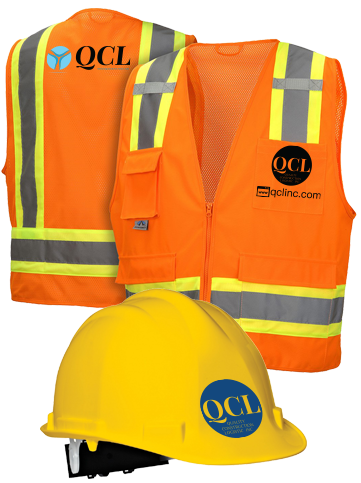
We call bonded post-tension when the job in concreting is done over the tendons directly, then a bond forms between concrete and tendons. Which helps to transfer the forces using the bond mechanism.
(A tendon(s) is basically a steel cable or wire used in Prestressed Concrete structural elements like a beam, column, etc. It is a medium through which tensile stresses are induced into the concrete).
Bounded can be more costly due to duct placement & grouting, the strain compatibility with concrete and it opens less difficult, but require more complex stressing equipment to perform the job.
An unbounded post-tension is when concreting is done using ducts for the tendons, (each individual tendon is coated with a grease “generally lithium-based” and covered by a plastic sheathing formed in an extrusion process) then tendons don’t come in contact with concrete, and hence no bonds formed.
All the forces transferred to the concrete by end blocks. Unbounded is economical, it has greater layout flexibility, the force transmitted solely by the anchors, the total force is limited by anchor spacing, it is replaceable.
Unbounded post-tensioned concrete differs from bonded post-tensioning by providing each individual cable permanent freedom of movement relative to the concrete. The transfer of tension to the concrete is achieved by the steel cable acting against steel anchors embedded in the perimeter of the slab.
The main disadvantage over bonded post-tensioning is the fact that a cable can destress itself and burst out of the slab if damaged. The advantages of this system over bonded post-tensioning are:
The ability to individually adjust cables based on poor field conditions (For example: shifting a group of 4 cables around an opening by placing 2 to either side).
The procedure of post-stress grouting is eliminated.
The ability to de-stress the tendons before attempting repair work.


